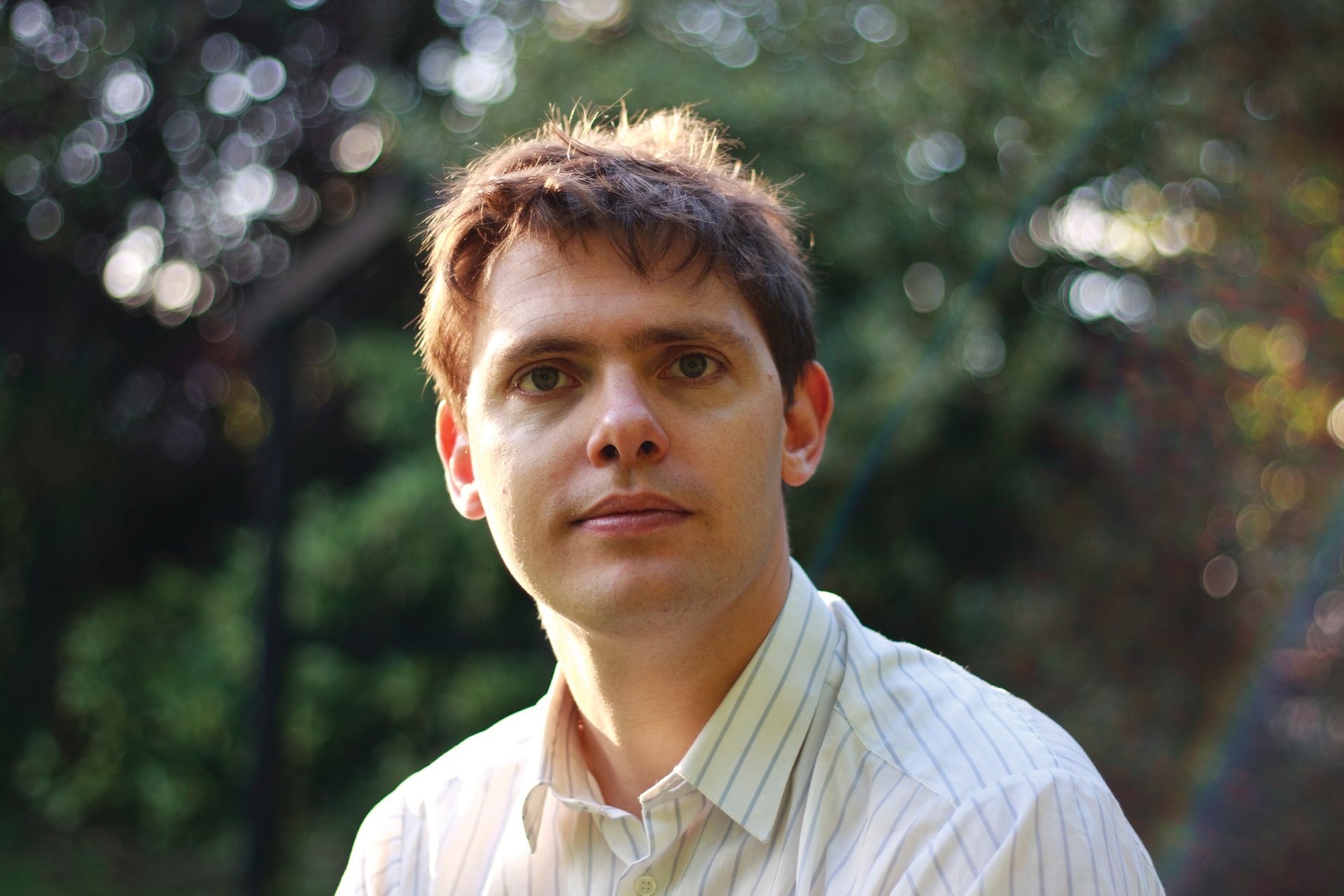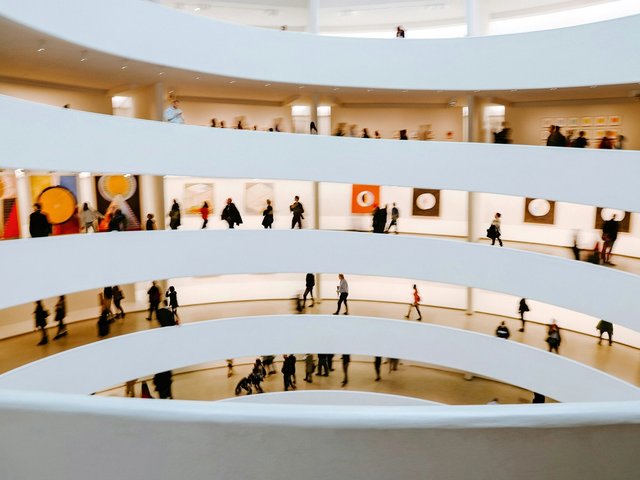Jane Morris Editor of The Art Newspaper
The concept of the gesamtkunstwerk, or total work of art, is long established (Richard Wagner first used the term in 1849) and is a pillar of much contemporary art, theatre and dance. From Matthew Barney’s film-object installations to the theatre of Robert Lepage or Tree of Codes, the recent dance collaboration between the choreographer Wayne McGregor and the artist Olafur Eliasson, the creation of immersive experiences has been a recurrent theme of the past 25 years.
But it seems that we might now be in the era of the gesamtkunst-exhibition: two overlapping shows at London’s most important art galleries have paired art with music and with sound, smell and taste respectively.
For Soundscapes at the National Gallery, sound artists and composers were invited to respond to a painting in the collection with an aural composition. Holbein’s The Ambassadors (1533) was presented, for example, with a piece for a three-stringed violin (a reference to the broken lute string in the famous painting) by Susan Philipsz. Théo van Rysselberghe’s Coastal Scene (1892) was shown with a work created for it by the electronic artist and DJ Jamie xx from the band the xx.
Soundscapes was generally (and somewhat unfairly) panned by critics in the UK media, while the much more radical Sensorium at Tate Britain was widely previewed but, possibly because it fell in the summer holidays, largely ignored by the critics.
The creators of the experience, a branding and design agency called Flying Object, did something much more transgressive than Soundscapes. They set out to match what they saw as the key messages of four paintings from the Tate’s collection with what were, in their view, complementary stimuli.
In the case of Francis Bacon’s Figure in a Landscape, 1945, this comprised an industrial-sounding audio track, smells that apparently evoked grass, soil and horses, and a “chocolate” given to each visitor—a sort of vegetable-fatty, salty, gritty confection with a deeply unpleasant lapsang souchong centre. Bracelets on visitors’ wrists tracked “electrodermal” activity stimulated by the experience: the data will be analysed later to see how viewers responded.
Experiment and engage The design critic Alice Rawsthorn told BBC Radio 4’s Saturday Review that, although she didn’t like the execution of Sensorium, “this is, in principle, a brilliant idea, because of course it’s important for a national museum like the Tate to encourage people to engage with the work in its collection. Of course it should be experimenting with digital technology, and it should be encouraging us to interrogate the haptic nature of our experiences, for which we have very little vocabulary.”
But I am reminded of Daniel Buren’s impassioned criticism of the Harald Szeemann-curated Documenta 5 in 1972. In a short article, “Where are the Artists?”, he roundly attacked over-mighty curators and curatorship, writing: “The subject of an exhibition tends not to be the display of artworks but the exhibition of the exhibition of the work of art.” He added that “the exhibition establishes itself as its own subject… the exhibition is the ‘valourising receptacle’ in which art is played out, and founders because the artwork is… nothing more than a decorative gimmick for the survival of the museum as tableau, a tableau whose author is none other than the exhibition organiser.”
Szeemann is rightly thought of by many as a brilliant curator but he was stung by Buren’s criticism. The artists in Sensorium (Bomberg, Latham, Hamilton and Bacon) are not around to comment on Flying Object’s curation of their works—which makes the Tate’s selection wise. Would it have been so brave with the work of Anselm Kiefer, Gerhard Richter or Damien Hirst? I think it unlikely.

Tom Chatfield Writer, broadcaster and technology theorist; he is the author of six books about digital culture, most recently Live This Book! (Penguin)
A sensorium is the total sensory apparatus of an organism—an apt title for Tate Britain’s installation (until 4 October), which puts experience itself centre-stage. If this kind of multi-sensory engineering is to work, its integration must be seamless: the viewing, listening, inhaling and tasting experience cannot be sullied by poor transitions or clunky interconnections.
Fortunately, its creators, Flying Object, have paid close attention to user experience, guided by design principles as closely related to software as they are to art: do the minimum necessary to achieve your effects but do it well, test and iterate rather than relying on pure inspiration, and don’t be afraid to borrow brilliance from elsewh ere.
In this case, the borrowed brilliance is four paintings by David Bomberg, Francis Bacon, Richard Hamilton and John Latham. They come accompanied by a question familiar from any ambitious act of curation: does what’s going on add to or distract from our encounter? My vote is for addition, not least because of the welcome modesty of the sensory collaborators.
Touch and taste are sparingly deployed: too sparingly, perhaps, with just one gentle ultrasound titillation of a proffered palm and one exquisite charcoal-and-cacao chocolate. Each image has its own soundscape and its own strategically positioned scents, but viewing is uninterrupted. Duration and ambient darkness ratchet up the intensity but there are no cheap thrills: it’s all rather more grown-up than the ecstatic puerility of whizzing down Carsten Höller’s slides.
If others are to follow in Sensorium’s footsteps, they will need to choose their collaborators wisely and beware of diminishing returns. There’s nothing to stop a whole gallery being got up like this, and some have already gone most of the way. Tasmania’s Museum of Old and New Art is spectacular to the point of numbness in its sensory bombardment. Complete with gin bar and spooky sarcophagus in a pseudo-tomb, anything and everything is fair game as long as it produces a reaction.
In competing for visitors, galleries have been forced to become “destination experiences”. The transition to immersive multi-sensory installations seems a logical extension of this. Here, Sensorium is as much a warning as a paradigm. Whatever your disposition, its coercive claustrophobia makes indifference unlikely. To experience it is to react and respond; to be moved, whether you like it or not. Flying Object manage to balance heightened subjectivity with the bottomless otherness of four great pictures. In lesser hands, though, the risk is clear: manufacturing experiences is far easier than making art.



